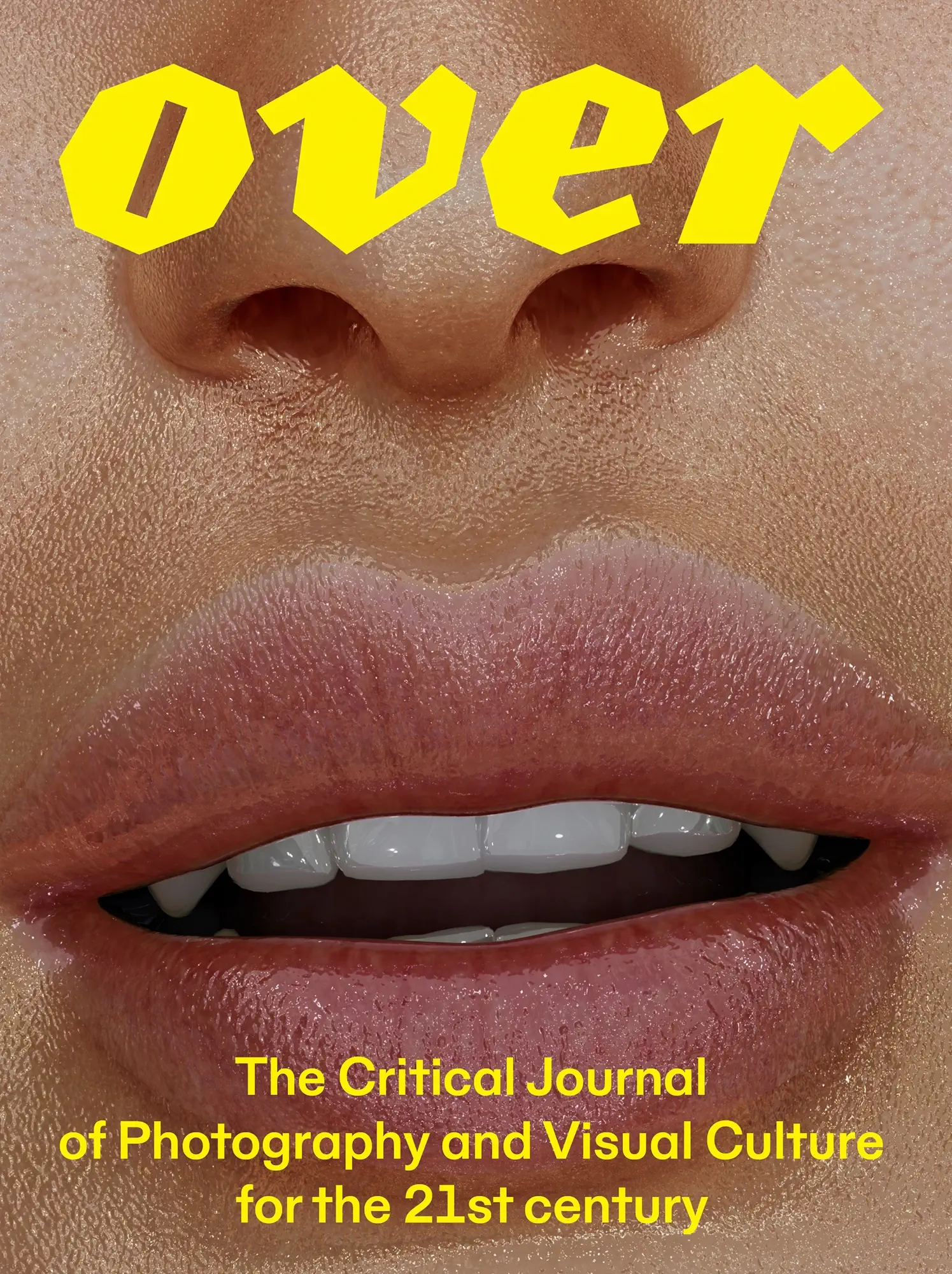From Magical to Experimental Thinking
Magic and Automaticity
The recurring problem with our photographs is what Vilém Flusser and David Levi Strauss have described as their magical properties: the images’ appearance without obvious coaxing from a human operator. Photography’s mechanical operations, reinforced for most of its history by an ever-accelerating automaticity, has led to claims that photographs access unmediated reality. They are produced without our interfering subjectivities, and are objective by default. One subtly askew understanding fosters another: an apparently objective image becomes evidentiary, and by being evidentiary, is said to be real. It is really quite a leap. Magic, we might say, is the disappearance of method. It renders invisible how we identify, construct or enframe that which we claim to observe, and makes natural what is re-presented. In photography, this is the forgetting of the complexity of the camera as an object constructed, tuned and refined, and subsequently put to work. If such a description is apparently arduous or dull, this is exactly where magic comes into play – it is a concealment or short-cutting, actuality including a necessary uncertainty and absence of solidity, itself also a cause for its rapid dismissal by those without patience. Stripped of this layered operation, images become rapidly authoritative, and are mistaken for reality itself. Such magic transforms plausible attributes – that the photograph is measurable, and constitutive of a form of truth – into a kind of generalised objective truth-making- machine, which in the name of convenience overlooks complex conditions of production, and decisions made out of view. A consequence of magical thinking around the photograph is that much of what is fictional appears to become true, and the true is in turn fictionalised. A study of this phenomenon, I would argue, might nevertheless provide us with an entry towards a deepened realisation of what the photograph can be...Read the full article in the printed issue. Get OVER Journal 2
















